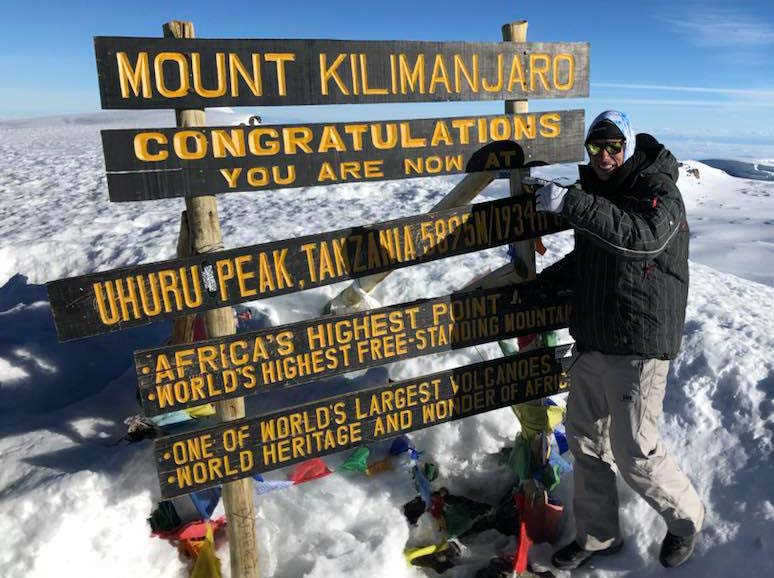The decision to summit Mount Kilimanjaro at night is primarily based on the summit success rate and safety considerations. Climbers usually start their final ascent to the summit very early in the morning, typically around midnight to 1 a.m. Here are the main reasons for this approach:
Avoiding extreme weather conditions: Mount Kilimanjaro is a massive mountain, and its peak reaches an altitude of 5,895 meters (19,341 feet). At such high altitudes, the weather can be extremely harsh and unpredictable. During the day, the summit is often shrouded in thick clouds, which reduce visibility and can make the ascent more challenging. By starting the summit attempt in the middle of the night, climbers can take advantage of more stable weather conditions, with clear skies and less wind.
Minimizing exposure to the sun: The summit climb can be physically demanding, especially due to the high altitude. Hiking during the day under the scorching sun can lead to exhaustion and dehydration. By climbing at night, climbers can avoid direct exposure to the sun’s heat and UV radiation, which reduces the risk of heat-related issues.
Improved footing and pace: The trail to the summit can be rocky, loose, and challenging to navigate. Starting the ascent at night allows climbers to utilise headlamps and trekking poles to see the path clearly and maintain a steady pace. Additionally, the cooler night-time temperatures can be more favourable for strenuous physical activity.
Witnessing the sunrise: One of the most breathtaking and rewarding experiences of climbing Kilimanjaro is witnessing the sunrise from the summit. Starting the ascent early in the morning allows climbers to reach the peak just in time for sunrise, providing them with a stunning view and a memorable moment.
Summit success rate: Climbing Kilimanjaro is a significant achievement, but it’s also physically demanding and challenging due to high altitude. Many people suffer from altitude sickness or other health issues during the climb. By ascending at night, climbers have a higher likelihood of reaching the summit because they complete the most strenuous part of the climb in the cooler hours of the night when they are generally more alert and energized.
It’s important to note that climbing Kilimanjaro, like any high-altitude endeavour, requires proper preparation, acclimatisation, and consideration of safety precautions. Climbers should always be accompanied by experienced guides and follow the recommended guidelines to ensure a safe and successful ascent.
Sign up today at www.ultraadventures.co.uk

